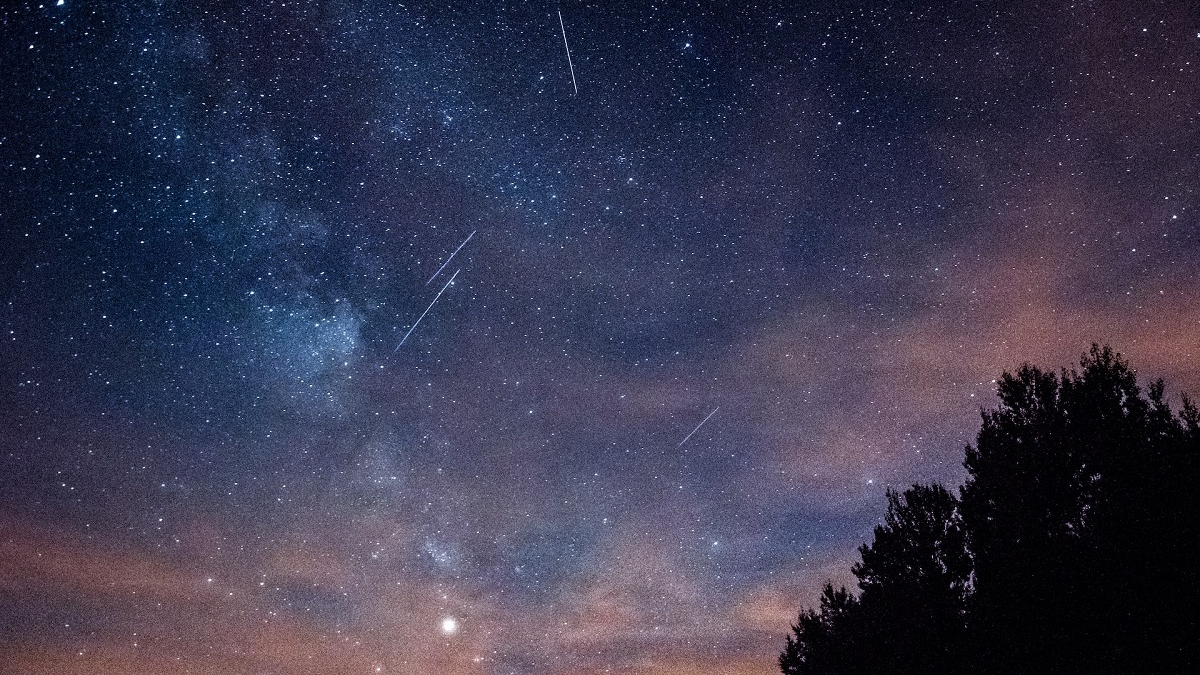
One of the most visually spectacular meteor showers of the new year introduced itself just as that year began and tonight it peaks.
There’s still time to catch some superb astrophotography shots of the Quadrantids meteor shower tonight if you’ve got the right equipment, decently clear weather and with a bit of luck, a spot of unlit land to settle into.
The shower will be peaking throughout tonight right into the early morning of the 4th of January and is definitely worth seeing if skywatching or night sky photography are things you like.
According to the New York Times, “The Quadrantids have one of the shortest peak periods, lasting only six hours,” This of course makes this particular meteor shower a bit hard than normal to photograph.
Other factors that also don’t help are that the meteor shower is most visible only from the northern hemisphere and of course that it’s January in the northern hemisphere.
So if you do go outside to some unlit place, you’ll have to bundle up nicely to avoid the deep chill and even the possibility of frostbite.
This is all the more important in this case since this kind of photographic work means standing or sitting still for a long stretch.
Also worth noting is the current state of the moon, which is waning gibbous and at 60% of peak monthly luminosity, thus easily drowning out smaller competing sources of light (like falling meteors for example.)
On the other hand, if you can correctly align the circumstances and your equipment for tonight’s sky-watching, the Quadrantids are absolutely worth capturing.
This is one of the more powerful periodic meteor showers out there and at its peak tonight should deliver more than 60 and up to 120 meteors per hour. Some of these will be exceptionally bright.
If you do miss tonight’s uptick in the frequency of falling rocks from space, the shower does go on until January 12th, though with steadily lower intensity.
The Quadrantids were first recorded and named in the 1830s and manifest at their strongest in the northeastern sky. As the website Space explains, this offers a particularly good viewing opportunity for viewers and photographers in the eastern USA, eastern Canada and western Europe.
This handy interactive map from Time and Date might also be useful.
Viewers anywhere else across the upper North American continent can still enjoy plenty of meteors, however.
For the best viewing time, the Royal Astronomical Society of Canada recommends making tonight into either an early rising or up-late event since the peak will be at 4 am Eastern Standard Time, 3 am Central Time, 2 am Mountain Time and 1 am Pacific Time.
If you’re an astrophotography beginner, our guide to the essentials might be helpful before you go out tonight. We also recommend knowing a few things about light pollution and how to deal with it in your meteor photos.

A few basic recommendations: Set your equipment for long exposures and time-lapse shots. A sturdy tripod is also a must-have item for capturing meteor showers effectively.
Remember also that this will be a patience game, so dress warmly, bring some good company if possible and try to enjoy the crisp night air regardless of what you catch on your camera.
Highly Recommended

Check out these 8 essential tools to help you succeed as a professional photographer.
Includes limited-time discounts.
Learn more here
Credit : Source Post



